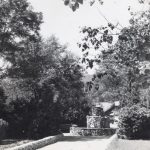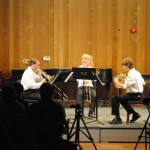Consider defensible space a “buffer” zone between a home or building and the potentially fire-prone grasses, trees and vegetation that surrounds it. The California Public Resources Code 4291 requires 100 feet of defensible space, formed by creating two zones.
Zone 1 is the area within 30 feet from a building, including outdoor decks, sheds and other structures, and must be clear. This means removing dead grasses, weeds and plants; exposed wood piles (unless covered with a fire-resistant tarp or other material); dead pine needles, leaves and other falling debris from trees and shrubs that collect in rain gutters, in yards or on roofs; dead branches and tree limbs within 10 feet of roofs and chimneys; and any dead or fire-prone shrubs or vegetation near decks and windows.
Zone 2 is the area between 30 to100 feet from a structure, including, but not limited to, houses, sheds, workshops and other buildings. Fallen leaves, twigs, bark, cones and small branches (some exceptions for erosion control are permitted) must be removed, and sufficient vertical and horizontal spacing between trees and shrubs must be ensured.
The ReadyForWildfire.org website provides an interactive and user-friendly guide to help create a defensible space to protect a home from an approaching wildfire.
Courtesy of CAL FIRE.










